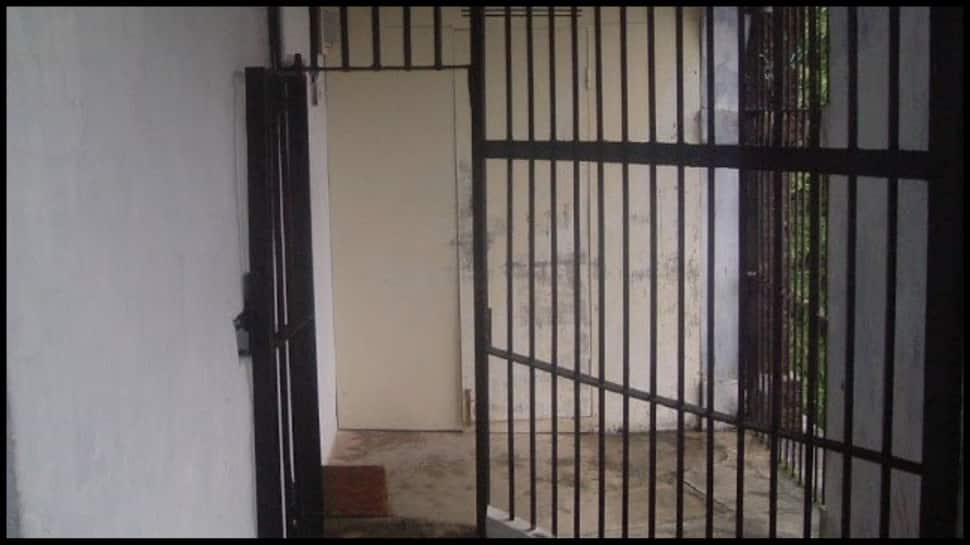How would you feel if you are kept in a dark room and are not allowed to see the sun, breathe fresh air, eat or drink water, and if you get ill then you are not given medical treatment? You might be thinking that this is some imaginary third-degree torcher that cannot be real in any part of the world. But this inhumane practice was a harsh reality for the citizens of India in the pre-independence era who fought for India's freedom. The freedom fighters were put through the horrendous punishment of "Kala Pani" in the 18th and 19th centuries by the British colonial rulers in India. Prisoners were taken to the Cellular Jail situated in Port Blair, the capital of Andaman & Nicobar Islands. The construction of one of the most feared prisons of the pre-independence era began in 1896 and was completed in 1906.
Kala Pani Ki Saza: What And Where
The Kala Pani Ki Saza was introduced by the British to deal with the rebels, mutineers, and freedom fighters who posed a threat to their colonial rule. Under this inhumane punishment, convicts and political prisoners were taken to remote penal colonies located in the Andaman and Nicobar Islands, far away from the Indian mainland. The journey to these penal colonies was often arduous and perilous, involving a long and treacherous sea voyage across the "black waters" of the Indian Ocean. The prisoners were confined to cramped and overcrowded ships, enduring unspeakable conditions. They were subjected to extreme physical and psychological torture, with the British authorities employing fear and intimidation as tools of control.
How Prisoners Were Torchered In Kala Pani?
Reportedly, prisoners were subjected to backbreaking tasks of hard labor, clearing forests, and building infrastructure on the island making their life filled with immense suffering. Prisoners were not given enough food, or water, and were devoid of medical facilities which lead to the death of many convicts.
Prisoners were treated as disposable commodities, and any attempt to escape or rebel was met with severe punishment, often resulting in death. The British colonial rulers aimed to crush the spirit of resistance and break the will of those who dared to challenge their authority.
How Kala Pani Fueled The Indian Independence Movement
The brutal punishments and inhumane treatment inflicted upon prisoners left deep scars on the socio-cultural fabric of the country. Families were torn apart, communities were disrupted, and countless lives were lost in the pursuit of colonial control. The suffering endured by those who were subjected to Kala Pani Ki Saza also played a significant role in fueling the Indian independence movement. The stories of resilience and courage exhibited by the prisoners in the face of unimaginable hardships inspired subsequent generations to fight for freedom and justice.
















